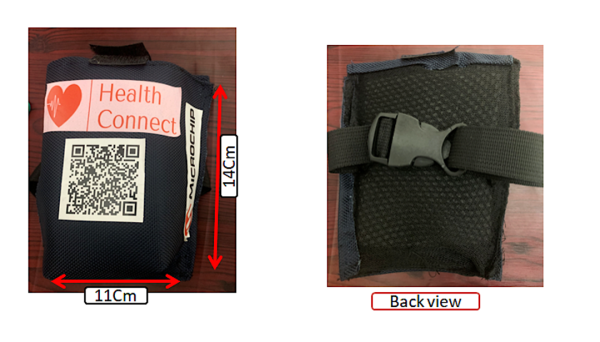Ever been at a party and landed in a heated argument about exactly where the International Space Station (ISS) is passing over at that very instant? Me neither, but it’s probably happened to someone. Assuming you were in that situation, and lacked access to your smartphone or any other form of internet connected device, you might like the pocket-sized Screen Tracker from [mars91].
The concept is simple. It’s a keychain-sized item that combines an ESP32, a Neopixel LED, and a small LCD screen on a compact PCB with a couple of buttons. It’s programmed to communicate over the ESP32’s WiFi connection to query a small custom website running on AWS. That website processes orbit data for the ISS and the positions of the planets, so they can be displayed on the LCD screen above a map of the Earth. We’re not sure what font it uses, but it looks pretty cool—like something out of a 90s sci-fi movie.
It’s a great little curio, and these sort of projects can have great educational value to boot. Creating something like this will teach you about basic orbits, as well as how to work with screens and APIs and getting embedded devices online. It may sound trivial when you’ve done it before, but you can learn all kinds of skills pursuing builds like these.

















